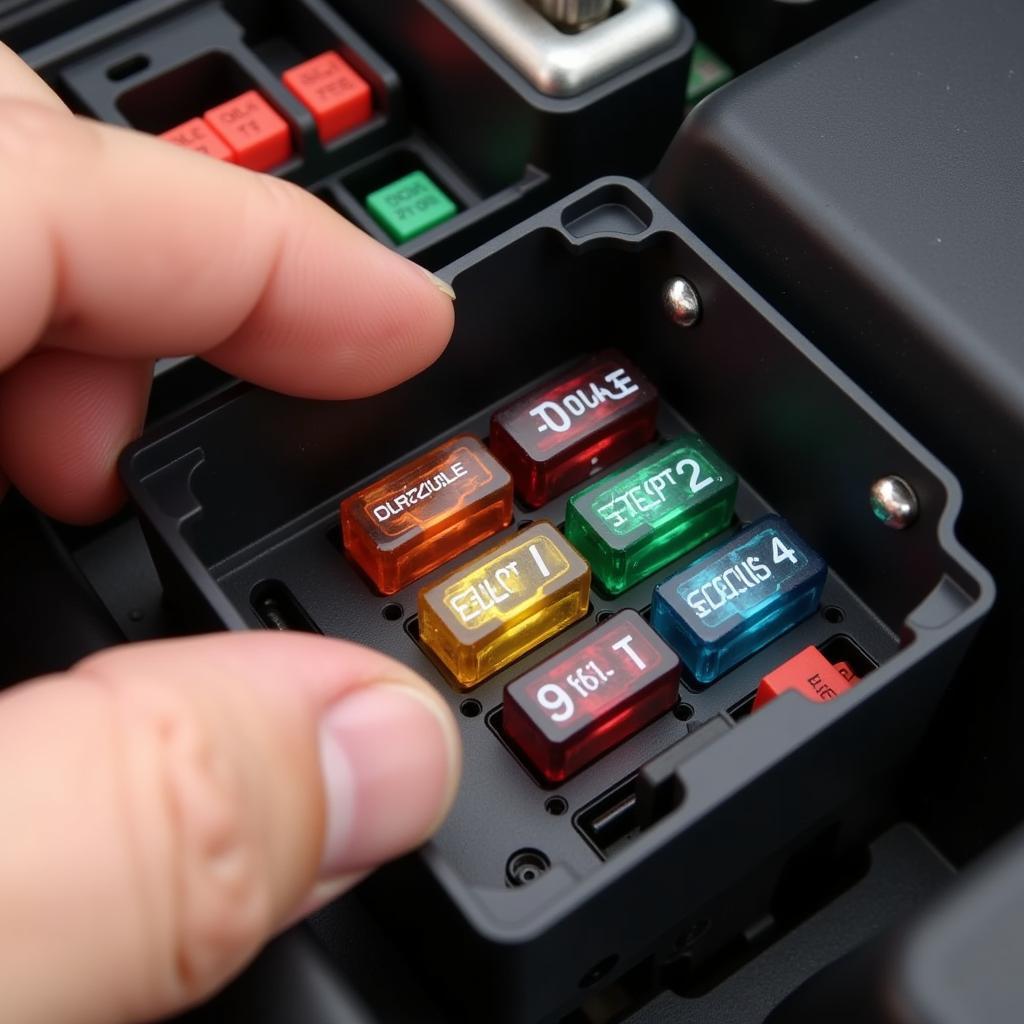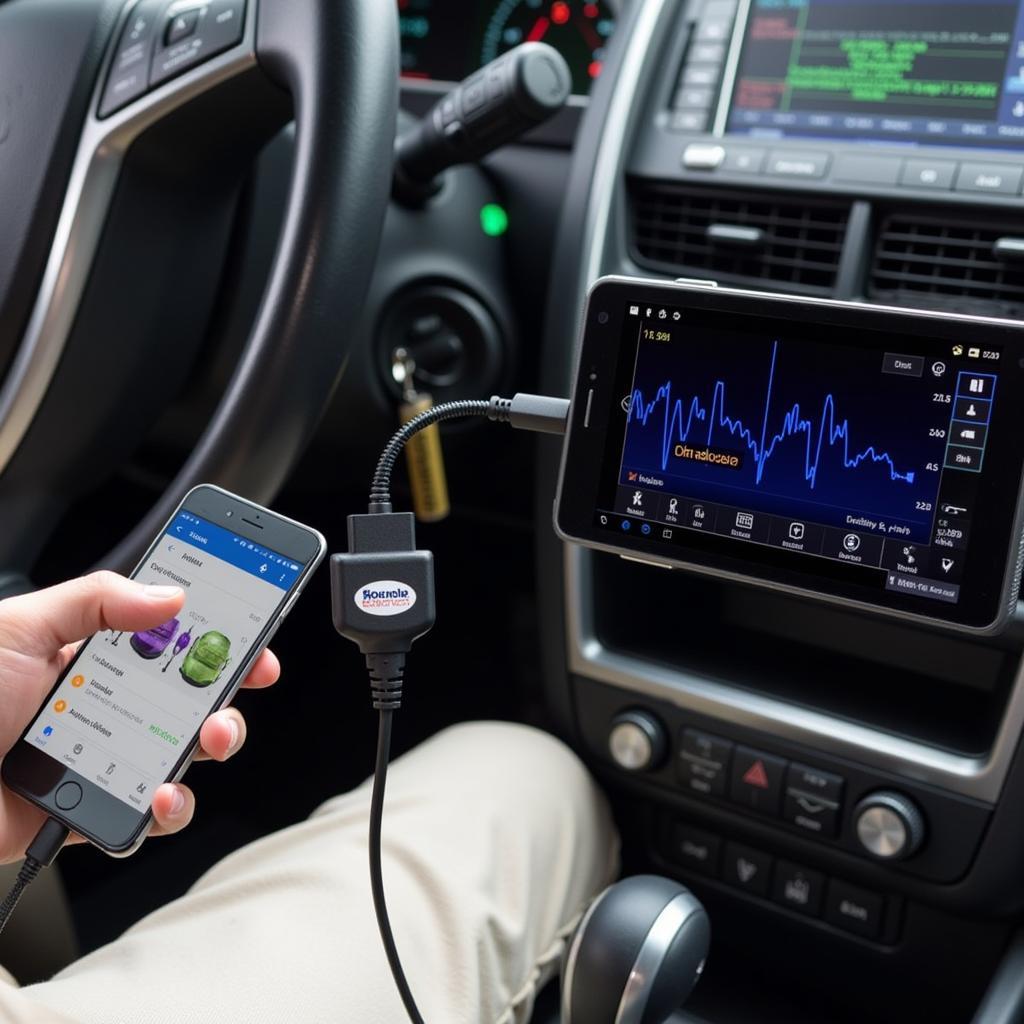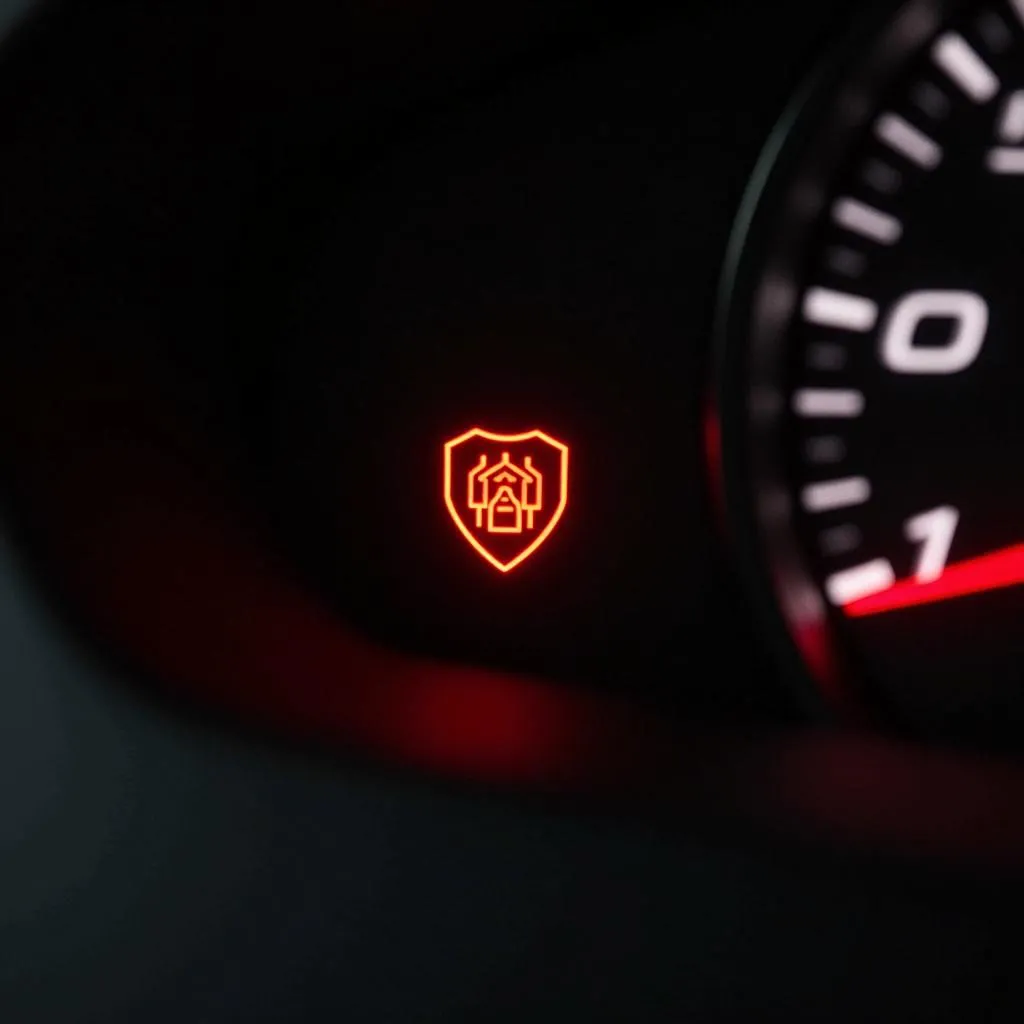The dreaded brake light warning on your dashboard – a sight no driver wants to see. This little light can signal a range of issues, from a simple blown bulb to more complex problems with your brake system. Ignoring it isn’t an option, as a malfunctioning brake light poses a serious safety risk to you and other drivers on the road. This guide will walk you through the common causes of a brake light warning, how to diagnose the problem, and the steps to get you back on the road safely.
Common Culprits Behind a Brake Light Warning
While a brake light warning often points to a simple problem, it’s crucial to understand all the potential causes:
-
Burnt-Out Bulb: The most common and straightforward reason for a brake light warning is a burnt-out bulb. Just like any other light bulb, brake light bulbs have a limited lifespan and will eventually need replacing.
-
Blown Fuse: Your vehicle’s electrical system relies on fuses to protect sensitive components from power surges. If a brake light fuse blows, it will disrupt the flow of electricity to your brake lights, triggering the warning light.
-
Faulty Brake Light Switch: The brake light switch, usually located above the brake pedal, activates your brake lights when you depress the pedal. A malfunctioning switch can prevent the lights from illuminating or cause them to stay on constantly.
-
Wiring Problems: Over time, the wiring harness connected to your brake lights can become damaged or corroded, leading to a break in the electrical circuit and preventing the lights from functioning correctly.
-
Bulb Socket Issues: Corrosion or damage to the bulb socket itself can prevent the bulb from making proper contact, resulting in a brake light malfunction.
-
Faulty Trailer Wiring (If Applicable): If you frequently tow a trailer, problems with the trailer wiring harness or its connection to your vehicle can also trigger the brake light warning.
 Replacing a Brake Light Bulb
Replacing a Brake Light Bulb
Diagnosing the Problem: A Step-by-Step Guide
Before jumping into repairs, let’s identify the root cause of your brake light warning:
-
Visual Inspection: Start by visually inspecting all of your brake lights. Have a friend or family member press the brake pedal while you check if the lights are working. Look for dim lights, flickering, or complete outages.
-
Check the Bulbs: If one or more brake lights aren’t working, the next step is to check the bulbs. Consult your owner’s manual for the correct bulb type and location. Carefully remove the suspected bulb and examine it for a broken filament.
-
Inspect the Fuse: If the bulbs appear to be in good condition, consult your owner’s manual to locate the brake light fuse. Use a fuse tester or visually examine the fuse for a broken wire, indicating a blown fuse.
 Checking the Fuse Box
Checking the Fuse Box
-
Test the Brake Light Switch: Locating the brake light switch can be tricky; refer to your owner’s manual for guidance. With the ignition off, press and release the brake pedal while listening for a clicking sound from the switch. This indicates the switch is at least partially functioning. However, further testing with a multimeter may be needed to confirm its proper operation.
-
Inspect the Wiring: Carefully examine the wiring harness leading to the affected brake light(s) for any signs of damage, such as fraying, cuts, or burns. Also, check for corrosion on the connectors.
Remote Diagnostics and Software Solutions
In today’s tech-driven world, remote diagnostics and software solutions are revolutionizing the automotive repair industry. For certain brake light issues, these advanced options offer a convenient and efficient alternative to traditional repair methods.
How Remote Diagnostics Work
Imagine this: you’re experiencing a brake light warning, but instead of visiting a mechanic, you connect your car to a remote diagnostic system. This system, often accessed through a specialized device plugged into your car’s OBD-II port or even a smartphone app, allows skilled technicians to remotely analyze your vehicle’s data in real-time. They can pinpoint the root cause of the issue, identify faulty components, and even provide software updates or adjustments to rectify certain problems.
Benefits of Remote Diagnostics
-
Convenience: Skip the trip to the repair shop and get your brake light issue diagnosed from the comfort of your home or even while on the go.
-
Speed: Remote diagnostics can significantly expedite the troubleshooting process, leading to faster repairs and less downtime for your vehicle.
-
Accuracy: By analyzing real-time data from your vehicle’s computer, remote diagnostics can provide highly accurate diagnoses, reducing the likelihood of misdiagnosis and unnecessary repairs.
“Remote diagnostics have been a game-changer for us. We can now resolve many brake light issues remotely, saving our customers time and money. It’s amazing how technology is transforming the way we service cars.” – John Miller, Senior Automotive Technician at AutoTech Solutions
 Remote Car Diagnostics
Remote Car Diagnostics
When to Seek Professional Help
While some brake light issues are simple fixes, others require professional expertise. If you’ve exhausted basic troubleshooting or are uncomfortable dealing with electrical components, it’s best to consult a qualified mechanic. Additionally, if your diagnosis points to a faulty brake light switch, wiring problems, or potential issues with your car’s electrical system, seeking professional help is recommended to ensure a safe and reliable repair.
Don’t Ignore the Warning: Brake Light Safety Matters
Remember, a functioning brake light system is paramount for your safety and the safety of others on the road. Ignoring a brake light warning can increase the risk of accidents, especially rear-end collisions.
By understanding the potential causes of a brake light warning and following the steps outlined in this guide, you can take the necessary action to address the issue promptly and confidently. Whether it’s a simple bulb replacement or a more complex electrical fault, a properly functioning brake light system provides peace of mind and contributes to a safer driving experience for everyone.



